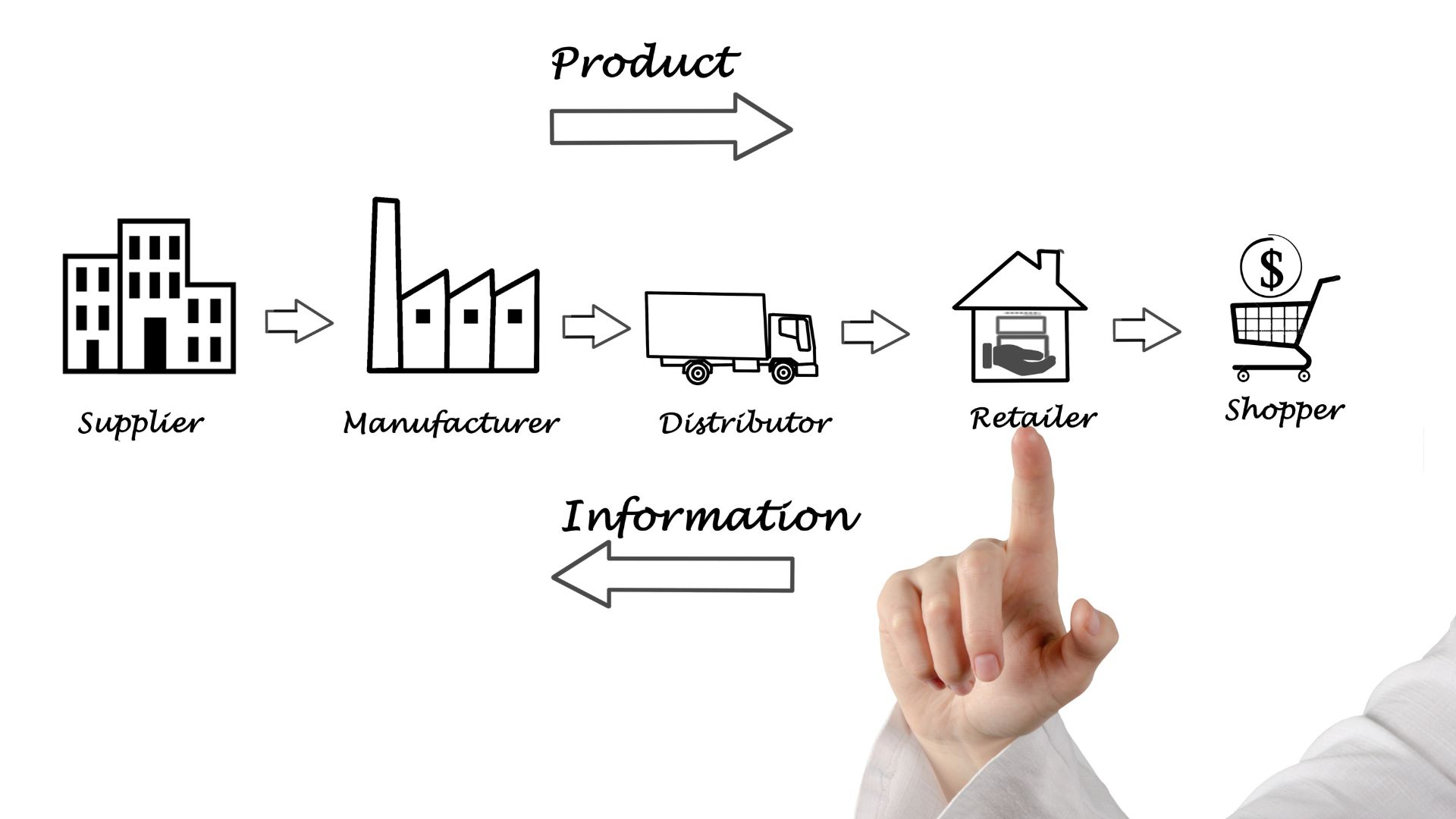Why automate supplier management now?
Managing suppliers consumes time and energy. It affects treasury, operations and commercial operations. Manual processes lead to repeated errors. Every mistake involves direct costs and friction in the business relationship. When routine tasks work, less visible but decisive results happen: predictability, trust, and cooperation. To automate is to free up strategic capacity. It is to obtain consistent data to negotiate better. Let’s look at a detailed use case and a handy scorecard template. We want to give you arguments and applicable steps. If you read it with an operational approach, you can discuss it with your team and with colleagues in the industry. That exchange is the basis of a shared practice that improves processes across multiple companies.
Clear diagnosis: common failures and their direct impact
The problems of the traditional process are recurrent. Onboarding is slow and fragmented. Providers submit data via email, PDF, or separate forms. Contracts lack version control. Invoices arrive in heterogeneous formats. Manual line removal and reconciliation with orders frequently fail. Cascading approvals delay payments. This leads to visible costs: penalties, unapplied discounts, and extra workload. There are also intangible costs: wear and tear in the relationship with suppliers, loss of credibility and reduced negotiating capacity. In addition, the lack of data makes strategic analysis difficult. If you don’t measure punctuality or documentary accuracy, you negotiate blindly. That’s why it’s essential to transform these inputs into reliable data and measurable processes.
Use Case: Full-Cycle Automation in a Midsize Business
Imagine a company with 350 suppliers and 1,200 monthly invoices. The project automates four phases: onboarding, document management, invoicing and payments, and continuous evaluation.
- Onboarding: A standard web form captures tax data, bank account, and certificates. A rules engine validates formats and detects inconsistencies. For 80% of suppliers, the process is closed within 48 hours.
- Document management: Semantic OCR extracts metadata from contracts and certificates. Documents are saved with versions and tags. Searches go from hours to seconds.
- Invoicing and payments: Automatic line pulling allows reconciliation with orders and packing slips. A workflow handles approvals and escalates exceptions to defined assignees.
Payments are scheduled with full traceability.
Continuous evaluation: Automatic KPIs measure punctuality, invoice accuracy, and response time. Intelligent alerts detect deviations and launch corrective plans. In real projects, a 50–70% reduction in time per invoice and a significant drop in errors are observed, which optimizes cash flow.
Technological components and practical selection criteria
Three blocks cover most of the value: capture and normalization, workflow orchestration, and analytics with governance. Capture and normalization: Choose OCR that understands semantics and accepts PDF, XML, and mail. You must validate NIF/CIF, IBAN and tax consistency. Orchestration: Look for a rules engine that defines approval paths, SLAs, and exception escalation. Secures APIs to connect ERP, banks, and procurement systems. Analytics and governance: Demand real-time dashboards, audit logs, and version control for automated decisions. In addition, prioritize solutions that allow you to train models with your historical data. Consider simulating rule changes before activating them in production. Finally, it demands security: encryption in transit and at rest, and access controls by role. These choices reduce risk and accelerate adoption.
Practical Scorecard: How to Prioritize Suppliers and Processes
A simple scorecard helps you decide where to start. Score each criterion from 1 to 5 and add up. Suggested criteria: transaction volume; economic value; frequency of discrepancies; impact on cashflow; documentary complexity; average processing time; compliance risk; potential for operational savings. Quick interpretation: sum >=28 = high priority; 20–27 = medium priority; <20 = low priority. Use the scorecard also to prioritize processes: onboarding, invoice extraction, reconciliation and payments. Example: Vendor A with high volume and many discrepancies gets high priority and must enter the POC. Provider B with low volume but high value may require additional automatic validations before full automation. The scorecard also helps you size POC resources and clearly communicate priorities to purchasing and finance.
How to Organize an Effective POC Without Generating Internal Noise
A well-designed POC reduces uncertainty. Keep it short and tight: 30–60 days. Define measurable goals: time per invoice, % of zero-touch invoices, reduction of exceptions and improvement of DPO. Select a representative sample: 10–20 vendors or 200–500 invoices. Form a small team: business sponsor, product owner, integration, data expert, and an end user. Work in 1–2 week sprints and deliver visible results from the first iteration. Start by integrating OCR and connectors to the ERP in read mode. Automate tax validations and account discovery. Orchestrate a workflow with rules and clear human scaling for exceptions. Measure daily and adjust. Document mistakes and learnings. Share results with other teams so that the POC works as a reference case. This transparent process reduces resistance and promotes replicability.
Risks, mitigations and how this builds sector confidence
The risks are not only technical. Dirty data, complex integrations, and internal resistance are common. Mitigate with concrete actions: minimal data cleansing before the POC; simple connectors (API or CSV) to reduce friction; active participation of the user computers from the beginning. It defines human validations for critical cases and limits the initial scope to avoid reputational impacts. Communicate results with numbers and practical examples, not promises. Share both successes and failures for others to learn from. This exchange of experiences generates trust. By providing templates, scorecards, and metrics, you make it easier for other companies to replicate the approach. That replicability creates a network of practices that improves processes across the B2B chain.
Automating supplier management is not an isolated technical goal. Look for consistency, predictability, and better relationships. When processes work, the conversation with your suppliers changes: it goes from opening incidents to improving conditions and collaborating on optimizations. Sharing use cases, scorecards, and real results makes other companies validate ideas and adapt them. That creates an atmosphere of collective learning. If you read this article and treat it as a practical guide, you’ll have arguments and metrics to talk to your team and industry peers. That sustained conversation is the foundation for a community of practice that improves processes and reduces errors across the B2B chain.




